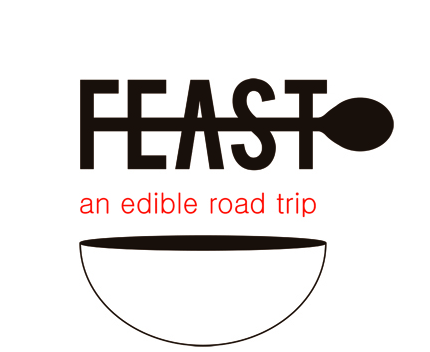An Afternoon with Dr. Strawberry
If you ever have the opportunity to hang out with a guy who has his PhD in strawberries, seize it. Dr. Bob Bors heads the fruit department of the University of Saskatchewan (it’s part of the school’s renowned Plant Sciences program), and we visited him at the university’s 70-acre horticulture site in Saskatoon.
Bob did extensive research on strawberries as a graduate student at the University of Guelph, earning himself the nickname 'Dr. Strawberry.' Once he moved to the prairies, he extended his expertise to various other fruits including haskaps and cherries. If you didn’t think of Saskatchewan as a prime place for orchards of lush, ripe cherries, you wouldn’t be alone. Their success has been a surprise even to those who grow them.
U of S’s Plant Sciences Department was founded in 1921, and its 70-acre horticulture site is one of the biggest in North America. For nearly a century it’s acted as one big, living laboratory where professors and students experiment with thousands of plant varieties. The university also has propagators of their varieties in nearly every province and territory across Canada, including our Yukon favourite John Lenart. Newfoundland is the last frontier, but they’re working on it!
We picked and ate ripe seabuckthorn berries (which Bob aptly described as tasting like ‘unsweetened orange juice’), drove past every kind of apple tree imaginable, were handed bouquets of basil by a volunteer in one of the gardens, and ate sour cherries until our tongues burned.
We arrived at the height of cherry season and the bushes were loaded, each with a variety that had its own unique taste and crimson hue. When Bob first began with the university, he attended an international cherry conference (yes, they do exist), and was dumbfounded to discover that Saskatchewan’s sour cherries were some of the best in the world. This, despite the fact that the province sits at the centre of a theoretical ‘dead zone’ for growing cherries.
We also ate many different kinds of haskaps, which have grown so popular they now fund 60% of the university program. Since 2011, nearly half a million plants have been sold, and we got to wondering how long it’ll before haskap pie and jam can be found at every market and grocery store. Several years ago, Bob spent a year on sabbatical, driving around the country and collecting wild haskap plants from the roadside. Apparently, the wild berries are only pea-sized, and more bitter than the ones cross-bred with Japanese or Russian varieties.
Our afternoon with Dr. Strawberry was an excellent one. Many thanks to Bob for hosting us and sending us away with multiple containers of cherries that we snacked on for days.
Remember, when you think cherries, you can now think Saskatchewan.
-LA


